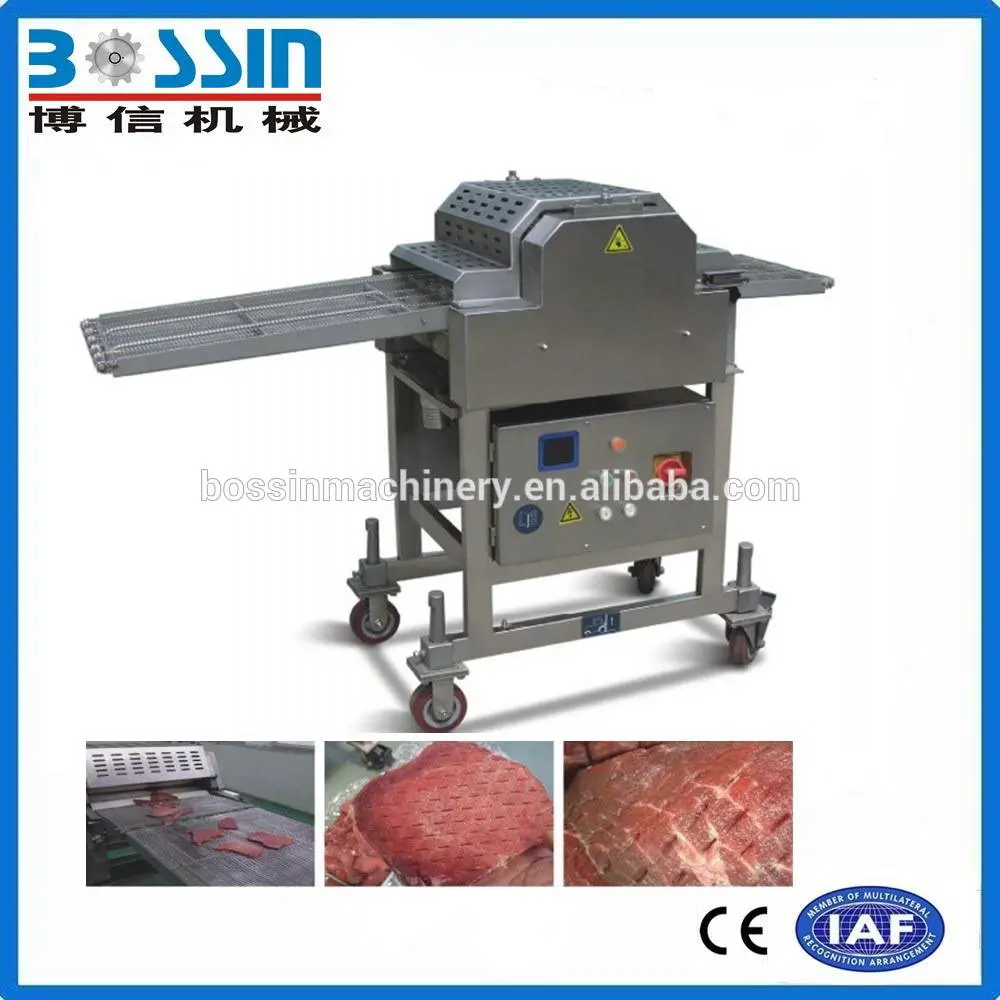Aug . 13, 2024 01:02 Back to list
Meat Coating Machine for Wet and Dry Applications Enhancing Flavor and Texture Efficiency
The Importance of Meat Wet and Dry Coating Machines in Food Processing
In the modern food processing industry, efficiency and quality are paramount. Among the many technological advancements that enhance food production, meat wet and dry coating machines have proven to be indispensable. These machines play a critical role in ensuring that meat products not only meet safety standards but also have appealing textures and flavors, ultimately enhancing the consumer experience.
Understanding Wet and Dry Coating Techniques
Coating meat products involves applying a layer of a specific substance to the surface of the meat. This can be done in two primary ways wet and dry coating. Wet coating typically involves the application of liquids such as batters or marinades, which add flavor and moisture to the product. Dry coating, on the other hand, uses powders like bread crumbs, flour, or specialized seasonings, giving the meat a crispy texture when cooked.
Advantages of Meat Coating Machines
1. Consistency One of the primary benefits of using meat coating machines is the uniformity they provide. Human workers may find it challenging to achieve the same level of consistency in coating each piece of meat. However, machines can ensure that each piece receives the same amount of coating, leading to a more standardized product that meets consumer expectations.
meat wet and dry coating machine

2. Efficiency Production speed is crucial in the food industry. Manual coating methods can be labor-intensive and time-consuming. Meat wet and dry coating machines automate these processes, significantly increasing production rates. This efficiency not only helps meet the demands of a growing market but also reduces labor costs.
3. Quality Improvement Advanced coating machines are designed to maximize adhesion and minimize waste of coatings. For wet coatings, these machines ensure that the batter adheres perfectly to the meat without excess dripping. For dry coatings, they can control the thickness and evenness of the coating, ensuring that each piece of meat is perfectly covered for optimal cooking results.
4. Customization Manufacturers can easily alter the parameters of coating processes to accommodate different products or consumer preferences. With programmable features, these machines can produce a variety of coatings, from traditional battered fish to specialty seasoned chicken, adapting to market trends and demands.
5. Food Safety In an industry where food safety is non-negotiable, having a controlled and sanitary coating process is essential. Meat coating machines are designed with hygiene in mind, using materials that are easy to clean and maintain. This reduces the risk of contamination and helps comply with food safety regulations.
Conclusion
As the food processing industry continues to evolve, the integration of technology into production lines becomes increasingly important. Meat wet and dry coating machines represent a significant advancement in this field. Their ability to deliver consistency, efficiency, quality improvement, customization, and enhanced food safety makes them an essential asset in meat processing. By investing in these machines, manufacturers can not only streamline their operations but also provide high-quality products that meet the ever-changing demands of consumers. In a world where taste, texture, and safety are critical, these machines will undoubtedly continue to play a crucial role in the future of food production.
Latest news
-
Pneumatic Clipping Machine - Shijiazhuang Bossin Machinery Equipment Co., Ltd.|Precision Clipping, Automated Sausage Production
NewsSep.02,2025
-
Pneumatic Clipping Machine-Shijiazhuang Bossin Machinery|Efficient Sausage Clipping&Compact Meat Processing
NewsSep.02,2025
-
Pneumatic Clipping Machine - Shijiazhuang Bossin Machinery | Precision, Efficiency, Hygiene
NewsSep.01,2025
-
Pneumatic Clipping Machine - Shijiazhuang Bossin Machinery Equipment Co., Ltd.|Precision Efficiency&Production Line Integration
NewsSep.01,2025
-
Pneumatic Clipping Machine-Shijiazhuang Bossin Machinery Equipment Co., Ltd.|Automation&Compatibility
NewsSep.01,2025
-
Pneumatic Clipping Machine - Shijiazhuang Bossin Machinery Equipment Co., Ltd.|Sausage Production Line,Pneumatic System Integration
NewsSep.01,2025
